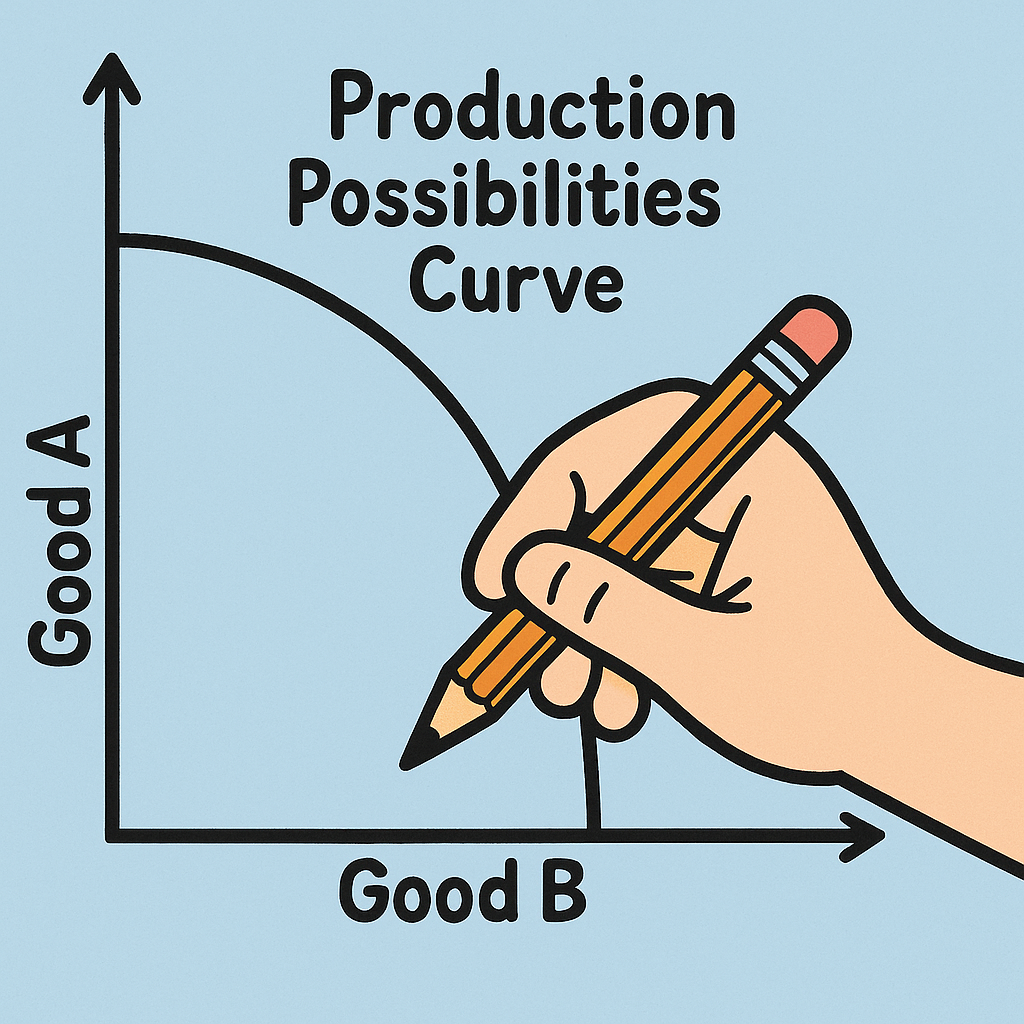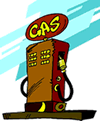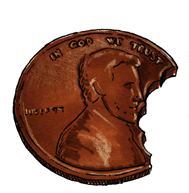
Grades 9-12

Don't have an account yet? Sign up for free
Don't have an account yet? Sign up for free


Why do things cost so much more now than they used to? Students will find out about inflation in the United States.
 Ask the students why everything costs so much more now, compared to when their parents were growing up? Ask the students if they have heard their relatives say that they paid a quarter for a gallon of gas? Or that they paid a dollar to get into the movie? Well, tell the students that their grandparents or their great-grandparents only paid a dime!
Ask the students why everything costs so much more now, compared to when their parents were growing up? Ask the students if they have heard their relatives say that they paid a quarter for a gallon of gas? Or that they paid a dollar to get into the movie? Well, tell the students that their grandparents or their great-grandparents only paid a dime!
Have the students read the story “Bonus Bucks” to introduce the concept of inflation.
 Tell the students that what happened in the story is something we call INFLATION. It means an increase in the average price level in the entire economy. You would think that you could buy more after the teacher doubled everyone’s Bonusbucks, but actually you could buy the same amount. That is because BOTH doubled – the Bonusbucks and the price of the coupon. In the first go-around the video store coupon was going to be priced at around $48. In the next go-around it was going to be priced at around $96.
Tell the students that what happened in the story is something we call INFLATION. It means an increase in the average price level in the entire economy. You would think that you could buy more after the teacher doubled everyone’s Bonusbucks, but actually you could buy the same amount. That is because BOTH doubled – the Bonusbucks and the price of the coupon. In the first go-around the video store coupon was going to be priced at around $48. In the next go-around it was going to be priced at around $96.
Ask the students what they think would have happened if the teacher had said that a Bonusbuck was worth only $.50? EVERYONE would have had half as much money and the coupon would have sold for $24. That’s called DEFLATION. That means that, on average, prices decrease throughout the entire economy.
Ask your students how they might know how much things were worth back in their parents and grandparents’ day? If someone tells you that gas was $.25 a gallon in 1967, that sounds cheap doesn’t it? But was it actually cheap for the people who bought it in 1967? There is a way to find out. You can check it out on the Consumer Price Index. The Consumer Price Index provides information that lets you find out about the average prices in a certain year, and also how prices from one year compare to prices from another year.
Go to the https://www.minneapolisfed.org/about-us/monetary-policy/inflation-calculator/consumer-price-index-1800- page and put 1967 in the box for the year. Then put .25 in the box after the words “I bought goods or services for.” Now put 2002 in the next box and click on “Calculate.” Now you learn that the same goods and services would cost $1.34 in 2002 – which seems just about right! This means that your relative who bought gas for a quarter in 1967 is getting the same good deal in 2002!
Tell your students that INFLATION is the increase of the average price of goods and services. Tell the students that as the story suggests, as long as everyone’s wages and salaries go up at the same rate, then INFLATION is hardly noticed by most people. The same people can buy the same amount of stuff!
Tell the students that INFLATION is a real pain, however, if your salary stays the same when the prices increase. Then you cannot buy as much as you did the year before.
Next time your parents want to give you the same allowance they got, remember to tell them about inflation! You can use the Consumer Price Index to figure out what your allowance should be!
This lesson introduces the concepts of INFLATION, DEFLATION, and CONSUMER PRICE INDEX. Inflation is the increase in the average price level of the entire economy. Deflation is the decrease in the average price level of the entire economy. The Consumer Price Index (CPI) is used to compare prices in one year with an earlier year.
For another calculator along the same line; go to: https://data.bls.gov/cgi-bin/cpicalc.pl
Go to “Then and Now: Prices Compare Prices During the Great Depression to Prices Today ” and compare the cost of toys and clothes today to the cost of the same items during the Great Depression.
Interview relatives of different ages about prices when they were your age. See if you can see a pattern!
Using the Consumer Price Index site, figure these problems out. 
If a loaf of bread cost $.35 back in 1962 and a similar loaf costs $1.75 in 2002, would you say that bread prices went up at the same rate as everything else? [No. If bread prices inflated as the same rate as prices for other products, the loaf of bread now should cost $2.08.]
 If a movie ticket cost ten cents in 1930, and a movie ticket costs $7.00 now, would you say that movie prices went up at the same rate as everything else? [No, Prices for movie tickets increased more than other prices did.]
If a movie ticket cost ten cents in 1930, and a movie ticket costs $7.00 now, would you say that movie prices went up at the same rate as everything else? [No, Prices for movie tickets increased more than other prices did.]

Grades 9-12

Grades 9-12

Grades 3-5

Grades 6-8, 9-12
